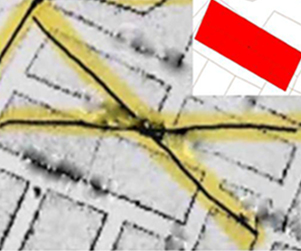Abstract
How people feel about places matters, especially in their neighborhood. It matters for their health, it matters for the health of their children, and it matters for their social cohesion and use of local resources. A growing body of research in public health, planning, psychology, and sociology bears out this point. Recently, a new methodological tack has been taken to find out how people feel about places. The sketch map, a once popular tool of behavioral geographers and environmental psychologists to understand how people perceive the structural aspects of places, is now being used in concert with Geographic Information Systems (GIS) to capture and spatially analyze the emotional side of urban environmental perception. This confluence is generating exciting prospects for what we can learn about characteristics of the urban environment that elicit emotion. However, due to the uncritical way this approach has been employed to date, excitement about the prospects must be tempered by the acknowledgement of its potential problems. This paper reviews the extant research on integrating sketch maps with GIS and then employs a case study of mapping youth fear in Los Angeles gang neighborhoods to demonstrate these prospects and the problems, particularly in the areas of 1) representation of environmental perception in GIS and 2) spatial analysis of these data.
Forthcoming in Environment and Planning B: Planning and Design, Pion Limited, London.
